The latest efforts at novel food production emphasize strategies to end world hunger and break down barriers to everyone's fair access to wholesome, nutritious food
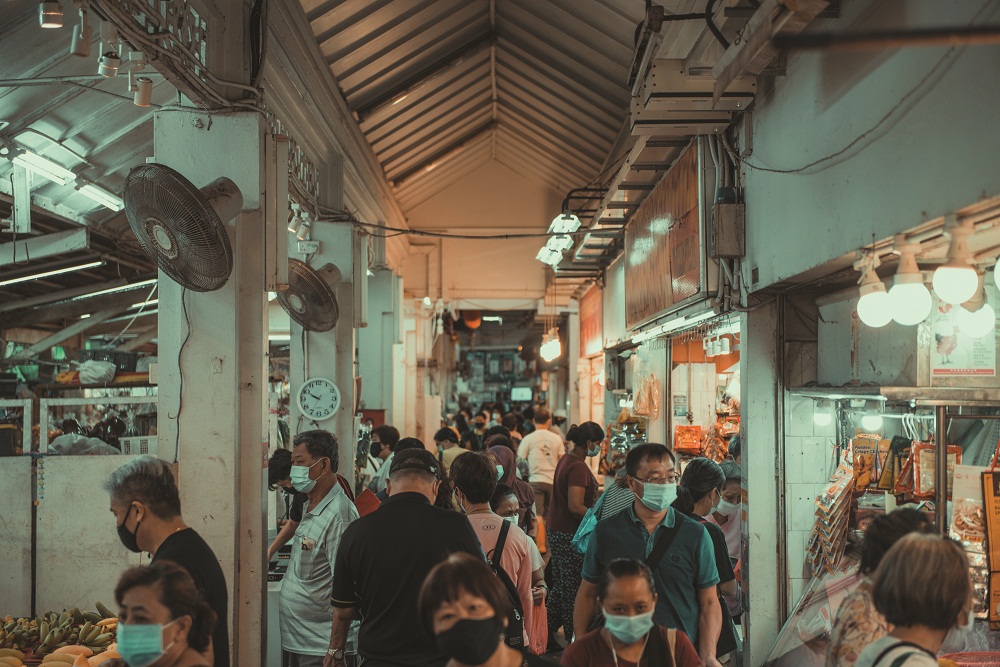
By 2050, over 9 billion people are projected to inhabit Earth.
They are expected to see to the survival of their species and the betterment of their lot by depending on whatever resources that the planet and their own ingenuity can provide. Land, water and air supply will be at critical level given the number of users to which it must be allocated. Add to these the depletion caused by environmental degradation, irreversible urbanization, and global warming.
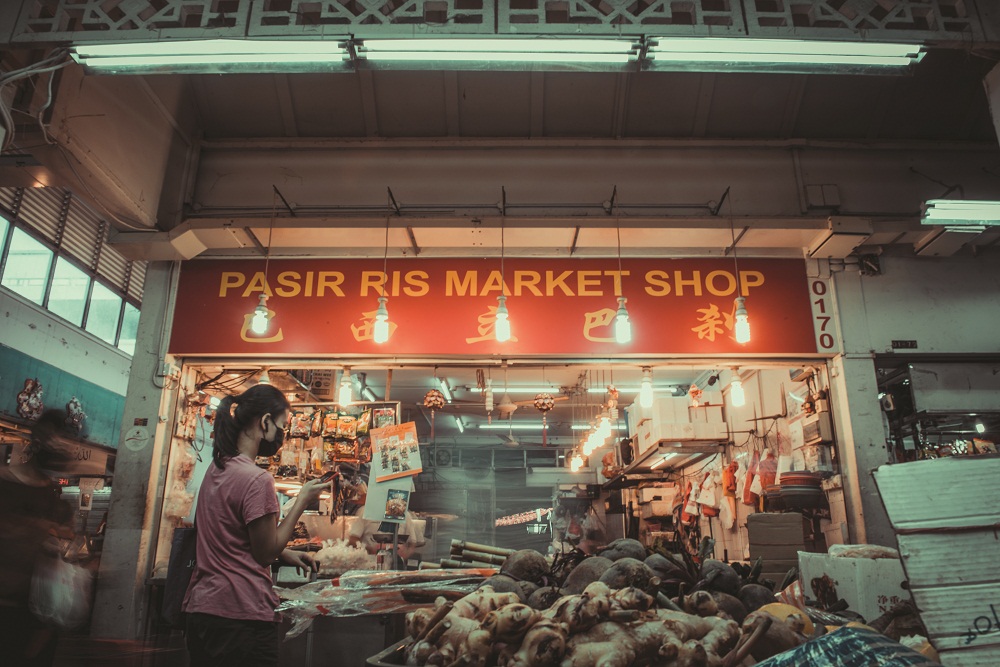
About 11 per cent (1.5 billion ha) of the globe’s surface (13.4 billion ha) is currently allocated to crop production, according to FAO, and some 2.7 billion ha more are deemed suitable for cultivation – but views differ on how they should be allocated.
Be that as it may, maximization of arable land will require ingenuity. “To make safe, nutritious and affordable food available to all, we must adopt a sophisticated strategy of streamlining market efficiencies and leveraging disruptive and sustainable technologies,” suggests Dr. Gajendra Pratap Singh, a scientist who is at the forefront of developing technologies that will ensure the future of farming in urban areas where land, water and air resources are increasingly limited. “It is also the responsibility of food producers to help minimize food wastage. In the USA, food waste is estimated to be about 40 per cent of the food supply”, he cites, urging efforts that would plug the waste.
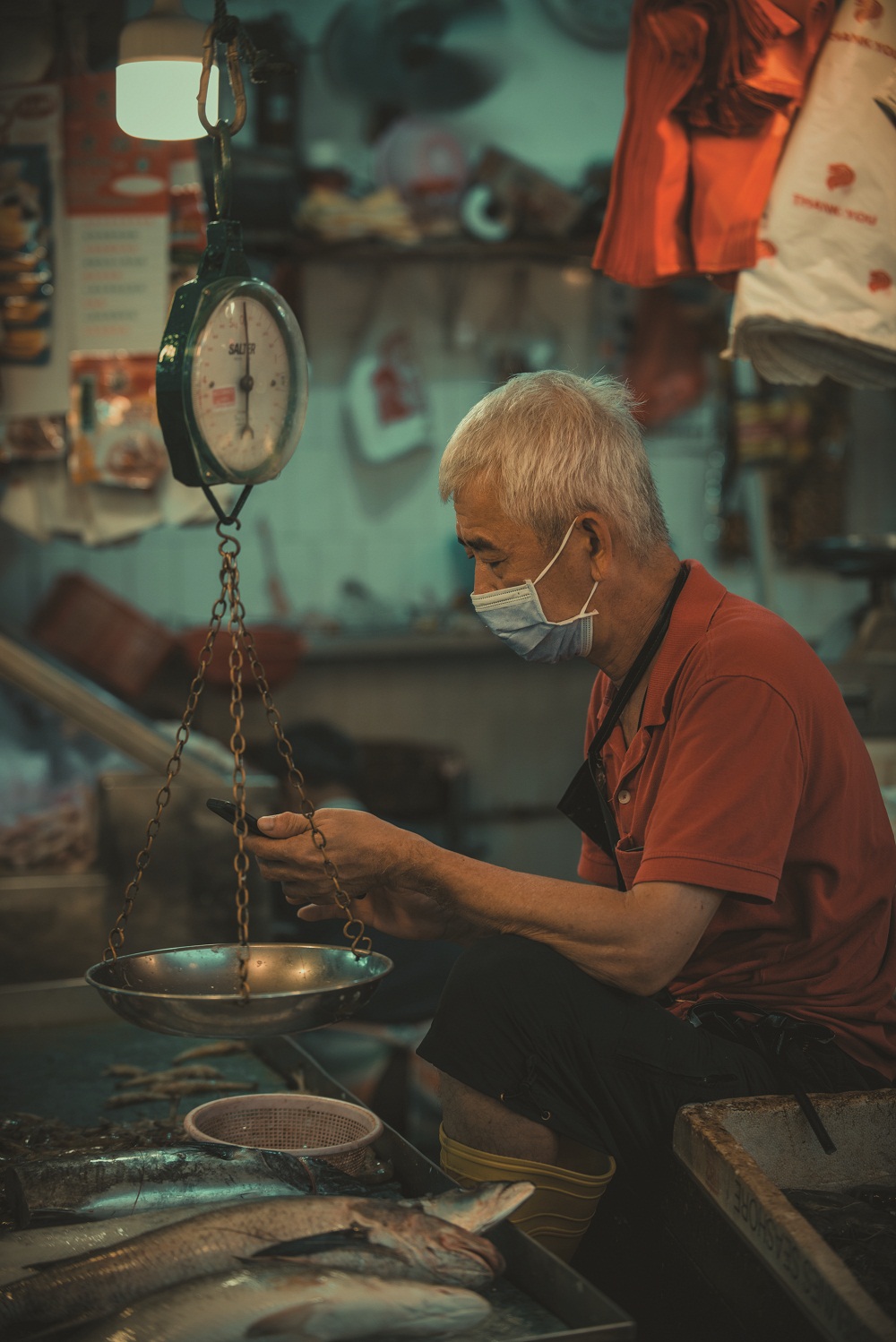
“The greatest challenge is how to feed a growing population well without destroying our planet,” opines food technopreneur Jason Fong. “Our current global food production system will not be able to meet the needs of the future generations.” Traditional models are unsustainable, he points out, with the amount of land use, greenhouse emissions, and fresh water consumption exceedingly high. “Asia’s food supply cannot cope with demand today – current net imports standing at about 220 million tonnes a year.”
The Singapore Food Agency is looking into developing a comprehensive regulatory framework to cover the production of novel food, including cellbased meat and alternative proteins, for human consumption. Last year, Eat Just made headlines in Singapore and around the world with the launch of its first commercial meat product – GOOD Meat Cultured Chicken – made from cultured animal cells approved for human consumption.
Dr. Singh is of the conviction that long-term solutions lie in technology. “It has become evident during the current Covid-19 pandemic that countries with technological prowess fare better during global crises,” he says. “As with medical care, food must be allowed free access across borders,” he insists.
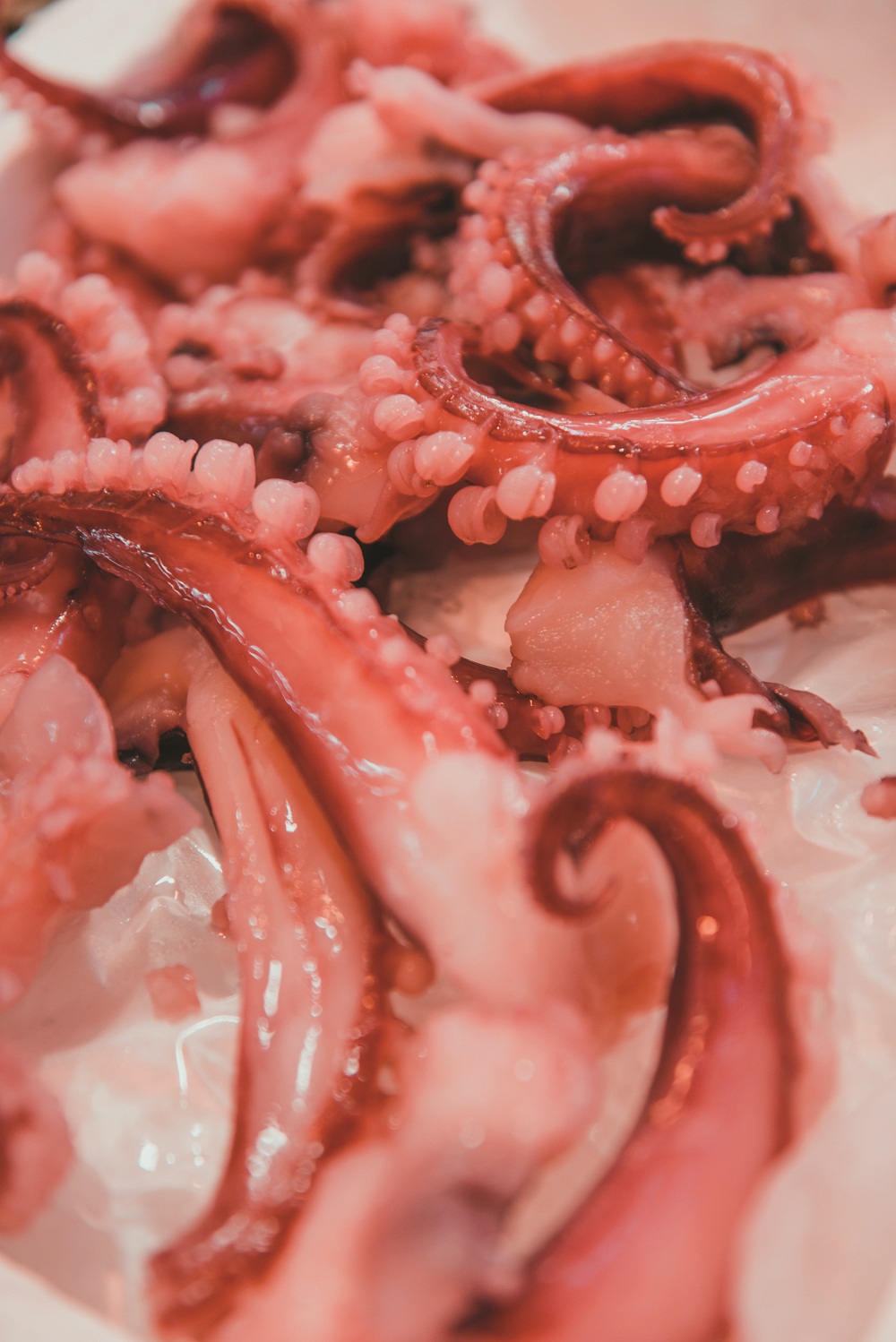
Smart Farming, which includes the use of information and communication technology, along with the use of novel analytical sensors, cloud computing, robots and artificial intelligence, is the future of urban farming, he continues. “Farmers should adapt novel technology, establish themselves as stakeholders and contribute to its development. Massive volumes of data (Big Data) thus generated and analysed, will be used for decision-making and will help enhance food security.”
Lab to Farm to Table
Somewhere within the labyrinth that is the DiSTAP facility at NUS campus is a small well-secured lab with rows of steel racks holding small pots of gailan – Chinese broccoli. The pots are packed on every shelves of the racks like an overcrowded garden that is flourishing under a full-spectrum artificial light. From time to time, scientists armed with sensors would hover over the plants and carefully conduct a reading – specifically, they are trying to detect plant stress.
“We are working to address highimpact problems in the areas of food production, food safety and food security in Singapore and globally,” explains Dr. Gajendra Pratap Singh who heads the facility that is developing analytical and genetic technologies that will “fundamentally change how plant biosynthetic pathways are discovered, monitored, engineered and ultimately translated to meet the global demand for high quality food”.
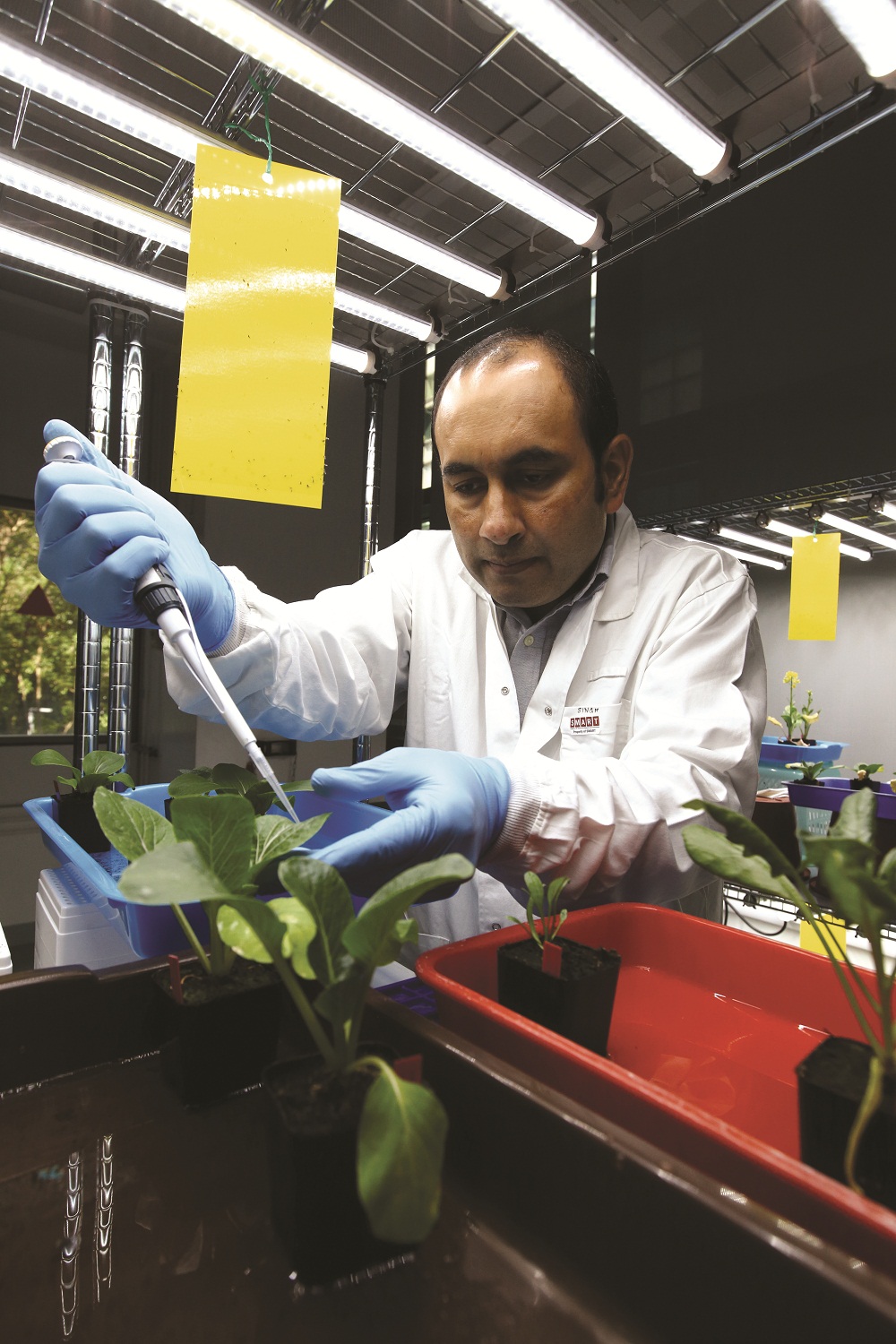
Dr. Singh is the Principal Investigator and Scientific Director at DiSTAP, which stands Disruptive & Sustainable Technologies for Agricultural Precision – an interdisciplinary group at the Singapore-MIT Alliance for Research and Technology (SMART), MIT’s research enterprise in Singapore. DiSTAP is an equal partnership between SMART and the Temasek Life Sciences Laboratory (TLL), Singapore. He works with scientists from MIT, NTU, NUS and TLL in developing novel nanosensor fluorescence imaging and Raman spectroscopy-based sensors to detect plant stress.
These analytical sensors can perform continuous measurements of plant stress by detecting important plant metabolites and hormones. As they can provide results in real time, they allow novel discovery, deeper understanding and control of plant biosynthetic pathways in ways not of green leafy vegetables. “These new techniques can be leveraged to engineer plants with highly desirable properties for global food security, including high yield density production, drought and pathogen resistance and biosynthesis of highvalue commercial products.”
Lack of nutrients or sufficient light energy for proper growth, presence of soil contaminants like heavy metals, high temperatures and bacterial or fungal infection causes stress in plants, which ultimately decreases the productivity of crops and causes loss to the farmer, Dr. Singh elaborates. Although farmers are now using sensors that detect environmental parameters like temperature and humidity, there is still a need for sensors that directly investigate the chemicals a plant produces when under stress. “Such sensors will allow a farmer to intervene on time and save the crop value,” says Dr. Singh. “They will also remove subjective assessment of crop health, usually done by the eyes of an experienced farmer, and expedite automation, resulting in better profit for the farmers,” he adds.
TECH-DRIVEN INTERVENTION
Dr. Gajendra Pratap Singh maps out leading farming technologies
Enhanced Greenhouses & Vertical Farming – Disruption to safe and nutritious food supply caused by global climate change can be avoided with the adaption of enhanced greenhouses and vertical farming setups that can grow desired indoor crops all year round. The output of a vertical farm can be about 400 times higher than that obtained from a traditional farm of similar area.
Big Data, IoT & Cloud Technology – Technological innovation provides better control and results in more commercial success. ‘Smart’ farming tools like big data, the internet of things (IoT), and cloud technology to navigate climate-related challenges help improve crop productivity.
Novel sensors & data analytics – Using novel sensors and combining sensors with data analytics provide farmers knowledge about the seed, soil and harvest quality. Variables like temperature, water, nutrients, light, infection and humidity can be kept under strict control.
Unmanned Aerial Vehicles (UAV) – Drones allow farmers to survey large strips of land in much less time and provide access to advanced data that helps to optimize fertilizer levels or water requirements to potentially improve crop yields and help achieve food sustainability.
Blockchain Technology – Tracing the product throughout the supply chain benefits from blockchain technology especially in an urban farm setting. It can trace food from farms to supermarket shelves, help minimize food wastage, and track genuine high-value food items. It is a promising technology towards a transparent supply chain of food but some challenges involving technical aspects and regulatory frameworks need to be addressed for it to gain wider popularity among farmers. Reliable data obtained using blockchain technology can help optimize business decisions and promote higher standards for production, distribution, efficiency and sustainability.
Fully Functional Foods
Entrepreneurs are finding creative applications of technology to food production. Among them is Jason Fong, founder and CEO of OsomeFood, manufacturer of immunity-boosting superfood products (fishball, fishcake, egg and noodles), as well as clean label products (chicken meat and minced beef), and nutritional instantmeals (spicy miso and udon).
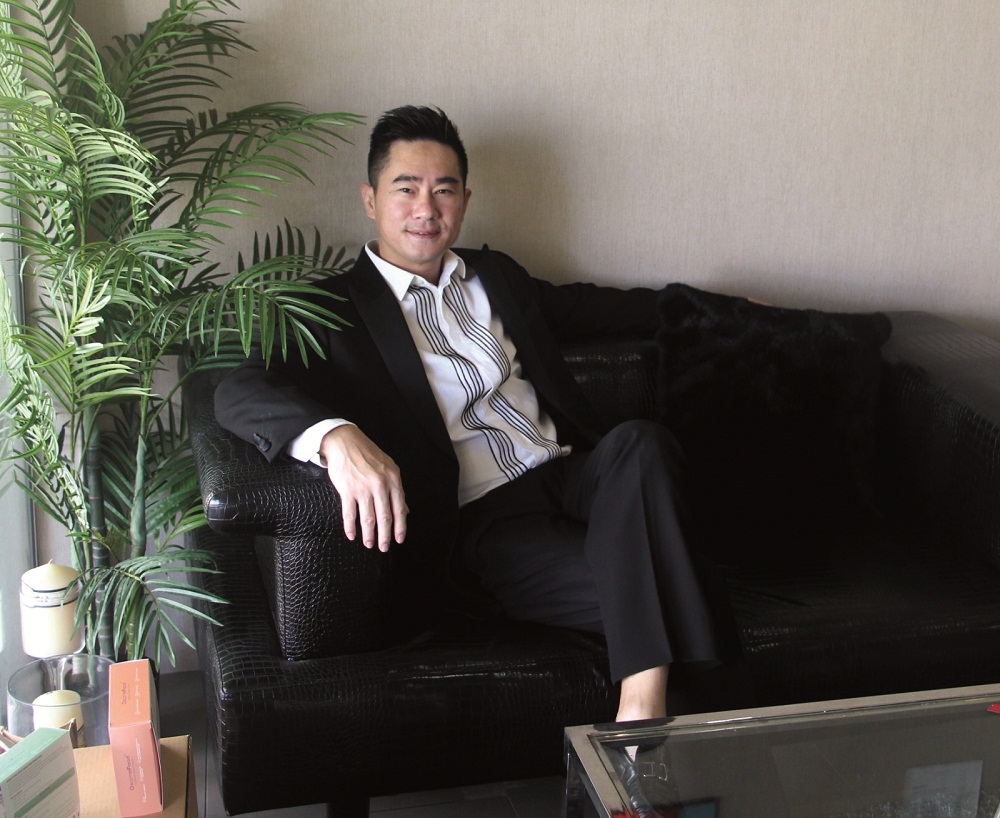
That these are familiar foodstuff to many Singaporeans means that local consumers can prepare and consume them with ease. But the same familiarity also means they will be compared to the real thing – an instance that doesn’t worry Fong, who has conducted rounds of tastings that have yielded positive feedbacks.
It’s not simply with taste and texture that OsomeFood is hoping to entice consumers. The company uses only superfood ingredients such as wakame, kombu, white chia seeds, burdock, echinacea, and others, harnessing the combined benefits of real ingredients and their natural nutrients to create contaminationfree food with high bioavailability.
“We adhere closely to our principle of using whole foods that generally remain close to their natural state. We do not use artificial additives, preservatives, sugars, starches, flavorings and highly processed ingredients,” Fong says. OsomeFood does not rely on fortification, he claims. “It (fortification) is required to replace lost nutrients during the cooking process. It is synthetic nutrition that results in zero or low bioavailability. We utilize lowheat techniques for nutrient encapsulation to ensure maximum nutrient absorption.”
Working with wellness professionals and nutritionists, OsomeFood makes foods that are function-driven – meaning they are immunity boosting, anti-inflammatory, age-defying, and gut strengthening. With the pandemic forcing consumers to pay attention to their immune system, these products couldn’t have come at a better time. “We are on a journey to produce plant-based functional food with a view to preventive healthcare,” Fong adds.
“Whole foods act as medicine to heal and protect your body, and boost your immune system. But when you fuel your body with processed foods, the chemicals, preservatives and additives in it lowers your immune system and slows down your digestive system.”
Launched in July last year, OsomeFood is a brand under holding company Wholesome Savour, which in turn was established in 2018. It currently sells its products through its website, and eyes a commercial retail launch in the coming years.
Planting Some Eggs
At the beginning of the Covid-19-led lockdown in Singapore, entrepreneur Vinita Choolani saw a major disruption of the normally efficient local food supply chain. Panic buyers emptied supermarket shelves in mere minutes as food establishments bared their doors. It wasn’t until a few days later that a semblance of normalcy was restored: supplies reappeared in shelves, restaurant kitchens took takeaway orders online, and food delivery companies wended their way to homes. By then, food security was everyone’s real and common worry.

Within the next six months, Choolani, founder and chief executive of Float Foods, reportedly led her in-house R&D team to develop the proprietary technology behind Only Eg, Asia’s first commercial plant-based whole egg substitute.
Float Foods’ proprietary technology is making plant-based protein alternatives, particularly eggs and dairy-free food. To date, it has cleared its proof of concept and even conducted a series of cooking demos. Claiming to adhere to ‘food as medicine’ philosophy, the company emphasizes health and nutrition, sustainability, and environmental impact in its production. Its in-house R&D team is engaging with A*Star for product enhancements, while its lab, housed at Innovate 360 food incubator, is mining its access to R&D facilities and connections to partners in the food landscape.
“We now have a strong R&D team working to optimize the nutritional benefits and shelf life of Only Eg,” Choolani offers. The company is collaborating with select chefs and restaurants for batch trials and feedback in order to understand the nuances of a chicken egg. “We want to mimic (its) form, function, taste, texture, mouthfeel, and nutrition. Eggs are ubiquitous, so it is important to deep-dive and embrace the R&D in all these aspects. Once this entire process is completed, we will be looking to design and develop the manufacturing of the egg.”
Float Foods does not plan to stop with tech development. “Given our commitment to Singapore’s 30 by 30 goals, we plan to ensure that our production is done here in Singapore,” Choolani reveals. She cites the existing infrastructure that helps companies set up manufacturing operations in Singapore, as well as the government innovation centers in institutions and established MNCs that speed up the learning curve and help leverage their expertise.
“We will launch the egg via B2B channels such as food establishments and restaurants to leverage their network and capabilities in foodservice and menu creation,” Choolani guarantees.
Only Eg is made from legumes, which helps in the company’s mission to deliver functional properties in food. “We see no reason why consumers cannot get their daily recommended allowances of vitamins and minerals. We are currently reviewing the dietary habits of Asians against the backdrop of prevalent diseases to help us better understand what is lacking and where we can address these issues.”
The Meat Culture
Josh Tetrick has explained to the public the science behind his cultured meat product many times. And each time, he does it carefully and patiently. After all, it is not every day that people encounter lab-minted chicken parts, let alone taste one. But GOOD Meat Cultured Chicken is finally here, at least on the menu of some restaurants.
“GOOD Meat Cultured Chicken is the first-ever cultured meat product approved to be sold for human consumption,” Tetrick, co-founder and CEO of Eat Just, begins. “Unlike plant-based meats currently on the market, cultured meat is made from animal cells, the same input and essential composition of conventional meat.”
The term ‘cultured’ highlights the main difference relative to conventional meat, Tetrick emphasizes. “Instead of farming and slaughtering animals to generate meat, cultured meat involves the cultivation of cells under a suitable solution of nutrients and a bioreactor that provides the right physiological and environmental conditions for the cells to thrive.”
This cell culture occurs in a very similar process to brewing beer, yeast grown for bread- making, rennet used to make cheese and other foods made by large-scale culture processes, he mentions some examples. The main difference is that the cells used for the culture process are “eukaryotic animal cells” and those constitute the core of the final product.
“We begin by sourcing a small amount of animal cells from highquality poultry or livestock. We then feed those cells nutrients, including amino acids, carbohydrates, minerals, fats and vitamins – the same types of nutrients that animals need to grow and multiply. These nutrients grow the cells into meat. The entire process takes place in a safe and controlled environment, much like a beer brewery.”
Instead of growing the entire animal, Eat Just grows only what is typically consumed – the edible portion. By doing so, they use fewer resources to grow the meat, and they can be more efficient, completing growth in weeks rather than months or years. The harvested product can then be used in multiple final formats, “from less structured crispy chicken bites, savory chorizo and sausages, to more textured products such as grilled chicken breasts”. The technology behind the product also allows the composition of the meat, as well as its nutritional value (leaner, fattier, etc.), to be customized.
The production of GOOD Meat Cultured Chicken is done under food Good Manufacturing Practices (GMPs), following a rigorous food safety program, shares Tetrick. “We follow a defined food safety plan that assures our food products are free of pathogens and foreign particles. We also maintain a cold chain that is controlled and monitored by us and our partners, to assure the product’s safety.”
The cultured chicken is manufactured under controlled conditions which are assured by working with organizations such as the (FIRC) in Singapore, that has years of experience in food manufacturing. It has also undergone an extensive and thorough evaluation process by the regulatory authorities in Singapore, Tetrick claims, which included evaluation of a safety package by a panel of scientific experts. “Our cultured chicken product and manufacturing processes were found to meet these safety requirements. When compared to conventional chicken, cultured chicken has much lower microbiological content because the chicken cells are grown in a safe, sterile and controlled environment.”
Cultured meat appears to be a viable way to delivering nutrition to more consumers. It can potentially level the field for more people in need of sustenance with its highly efficient manufacturing process that takes just a few weeks. Production with multiple bioreactors can occur concurrently and the process can be operated so there are multiple harvests during the same week. “As we scale up our production and lower costs, we hope to build a better, brighter, and more just food system for all,” Tetrick declares.
Not surprisingly, the company derived its name and was founded on the principle of establishing “a just food system for all” – a dream that Tetrick believes can be achieved by harnessing technology and science to create products that are healthy, more sustainable, and within reach for every person on the planet.
For now, Eat Just is focused on scaling GOOD Meat in Singapore, which includes moving forward with manufacturing facilities and expanding the number of restaurants serving cultured chicken. They are also working on other cultured meat products, including beef.
“We focus on developing and scaling technologies that can make eggs and meat that don’t require slaughtering an animal or tearing down a tree or using antibiotics. We’re focused on building a business that will enable a healthier food system.”
Tetrick envisions GOOD Meat Culture Chicken – and eventually beef and pork that they plan to launch – to be the meat, not an alternative form of meat but the ubiquitous meat that most people consume today.
To do this, Tetrick is trying to bring the costs down – below that of existing animal proteins. “It’s also important we partner with industry players, researchers and governments to share knowledge, distribution and scale. This is the future of food. Our first commercial sale of a cultured meat product was chicken and we’re in the early stages of research and development on beef. We’re working with regulators in several countries on an efficient pathway to market.